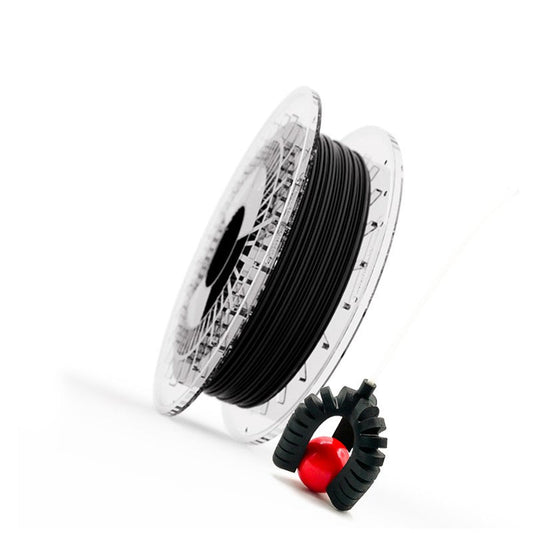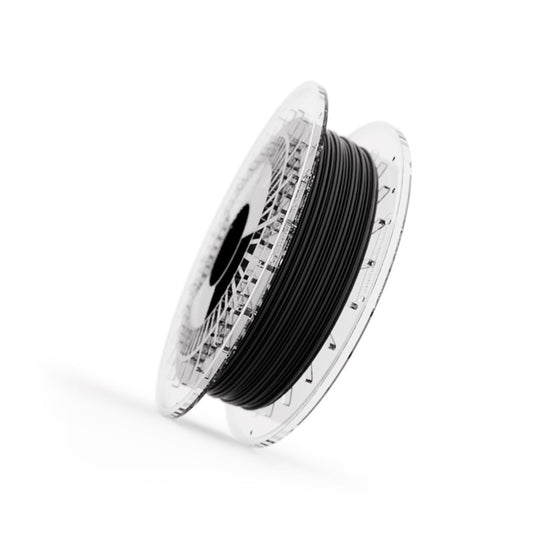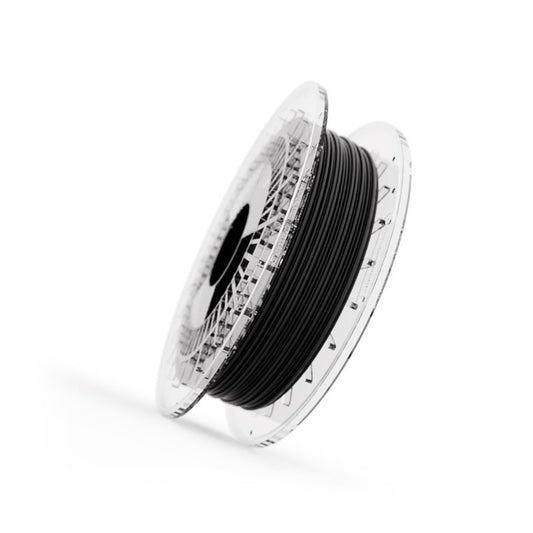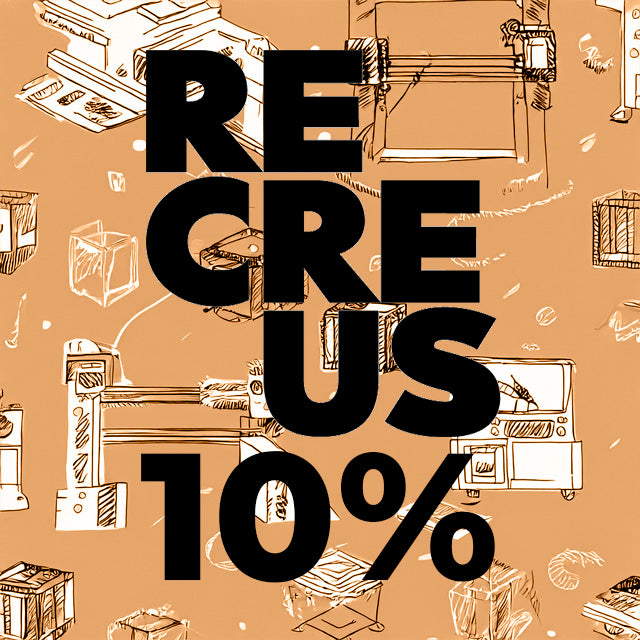6 common misconceptions about the Purifier range. Learn how to get the most out of this material!
6 Common Misconceptions About the Purifier Range
Let's explore and clarify the most common misconceptions about our Purifier range of filaments.

ASSUMPTION #1
"The surface of the printed part has nothing to do with the responsiveness of the material or its mineralization effect"
NO, the truth is that 'the greater the printing surface, the greater the reaction capacity'.
That is, the greater the surface area of the part printed with Purfier, the greater the CO2, NOx and VOC adsorption capacity it will achieve.
We will understand this better with the following example.
If we compare the total surface area of a golf ball and a Ping Pong ball of the same size and dimensions, we can appreciate that the golf ball has a surface full of indentations or hollows to aid in its aerodynamics with the intention that it can rise more easily and reach farther in flight. (Detail of the golf ball in the figure below).

Detail of golf ball surface showing increased surface area through indentations
These hollows provide a much larger total surface area for the golf ball than if, on the other hand, the surface of the ball were completely smooth and without hollows. That is, the case of a Ping Pong ball.
ASSUMPTION #2
"The Purifier range only works in direct sunlight"
NO, this is not correct.
The Purifier range works with any type of light, whether natural or artificial. The only requirement is that it contains UV rays.
Therefore, it will work both outdoors and indoors, as long as there is light containing UV rays.
ASSUMPTION #6
"You have to print a part with Purifier for its reaction and adsorption effect to work"
NO, it is not really like that.
The effects and reaction reside in the material itself when it comes in contact with UV rays from sunlight and H2O present in the ambient humidity. These elements activate the catalysis and photocatalysis process converting the harmful greenhouse gases into harmless mineral nanoparticles.
So the filament spool itself, outside the bag (its most superficial part), and in contact with the ambient H2O and UV rays, would already be working and adsorbing the gases to mineralize them.
Printing the Purifier filament we will be able to create a design that brings out the full potential of this material and its effects, so printing pieces of large surfaces for rooms inside the home, would be a success.










